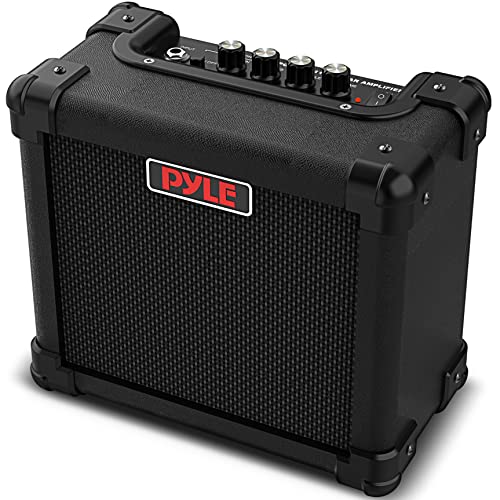Restless Rocks
Well-known member
While contemplating all this even more I just had a realization. I also own some old tube hifi gear and just remembered one of the factors in evaluating the quality of a power amp is the Slew Rate of it's power supply. This is the speed from which it can recover or recharge after transient peaks. As caps get old the slew rate becomes slower and therefore we notice the flubby bass and lack of punchiness in the amps (guitar or hifi) response. I know a lot of guys who, when recapping old Dynaco's and Eico's and Scott's etc. will replace the filter caps with much larger values. This seriously improves the bass response and even gives a slight increase in output power. You are limited in these capacitance increases by the abilities of your power transformer. I have a Dynaco Stereo 70 which had a 30uf,20uf,20uf,20uf can type filter in it. I replaced it with 80uf, 40uf, 30uf, 30uf and you betcha the bass and tightness were improved many fold.









